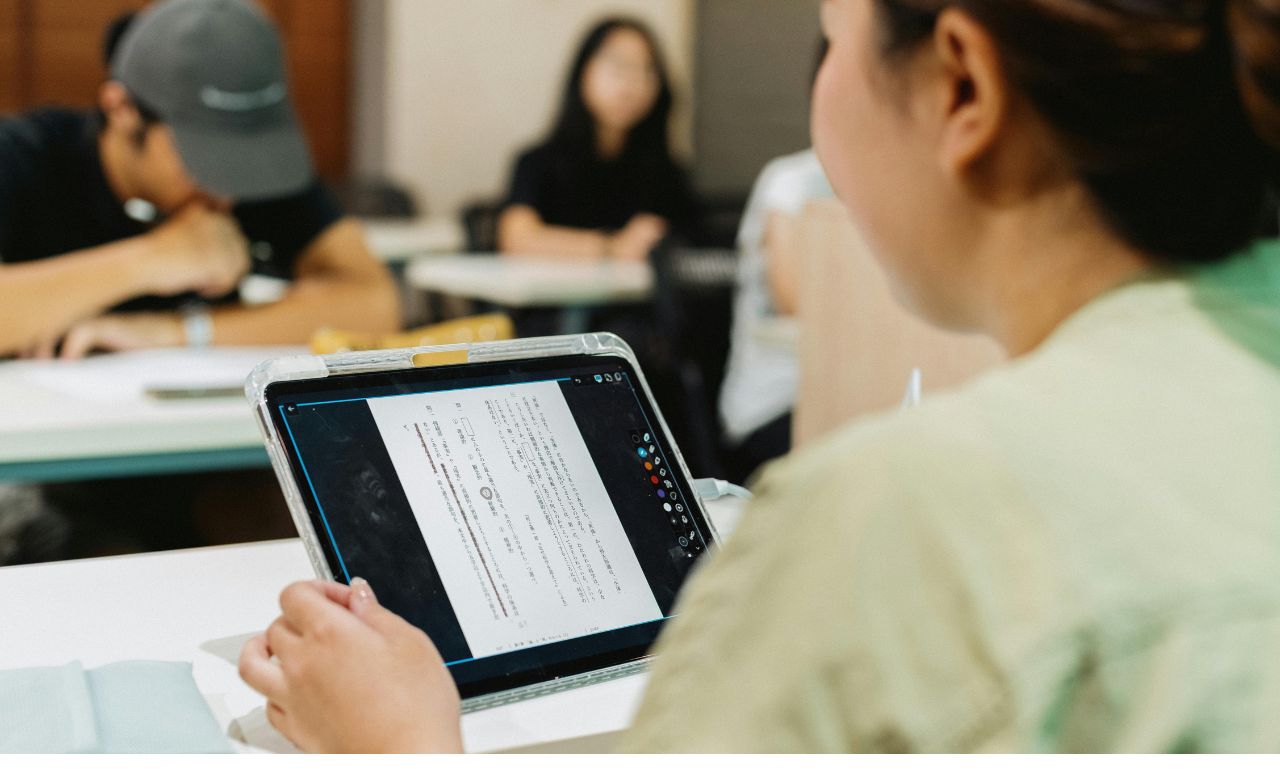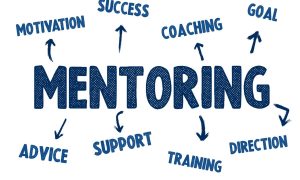Schooling
More
Schooling
What is the Impact of Learning Strategies on Academic Achievement?
Devices
More
What Are the Things to Consider When Buying Software?
Choosing software can feel like walking into a candy store: so many options, bright promise …

What is the Role of Technology in Managing Immigration Processes?
Immigration has always been complex. Governments juggle border control, humanitarian obligations, and economic needs, while …

What are the Steps to Maximize Heavy Equipment Longevity?
Heavy equipment is the backbone of countless industries, from construction to mining. But here’s the …

How to Maintain Electric Heavy Equipment
Electric heavy equipment is no longer some far-off dream—it’s rolling onto job sites right now. …

What are the Best Tech Side Hustles?
Ever felt like your 9-to-5 isn’t cutting it anymore? You’re not alone. With rising costs …

What are the Top Tips When Buying a Robot Vacuum Cleaner?
Robot vacuum cleaners have become a must-have gadget for modern homes. With packed schedules and …
Therapy
More
What is the Role of Mentorship in Personal Growth?
Think back to the last time someone gave you a piece of advice that changed …

What is the Impact of Negative Self-Talk and How to Overcome It?
Everyone has an inner voice. Sometimes it’s a cheerleader, and sometimes it’s a harsh critic …

Why & When Do You Feel Insecure?
Everyone feels insecure at some point, but few admit it openly. You may feel it …













